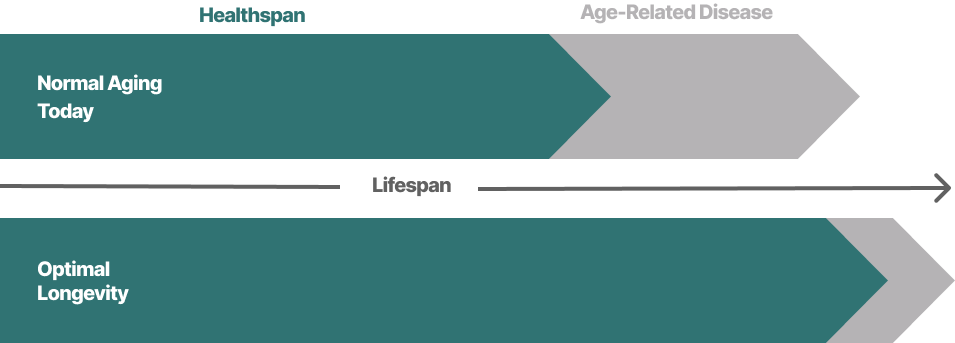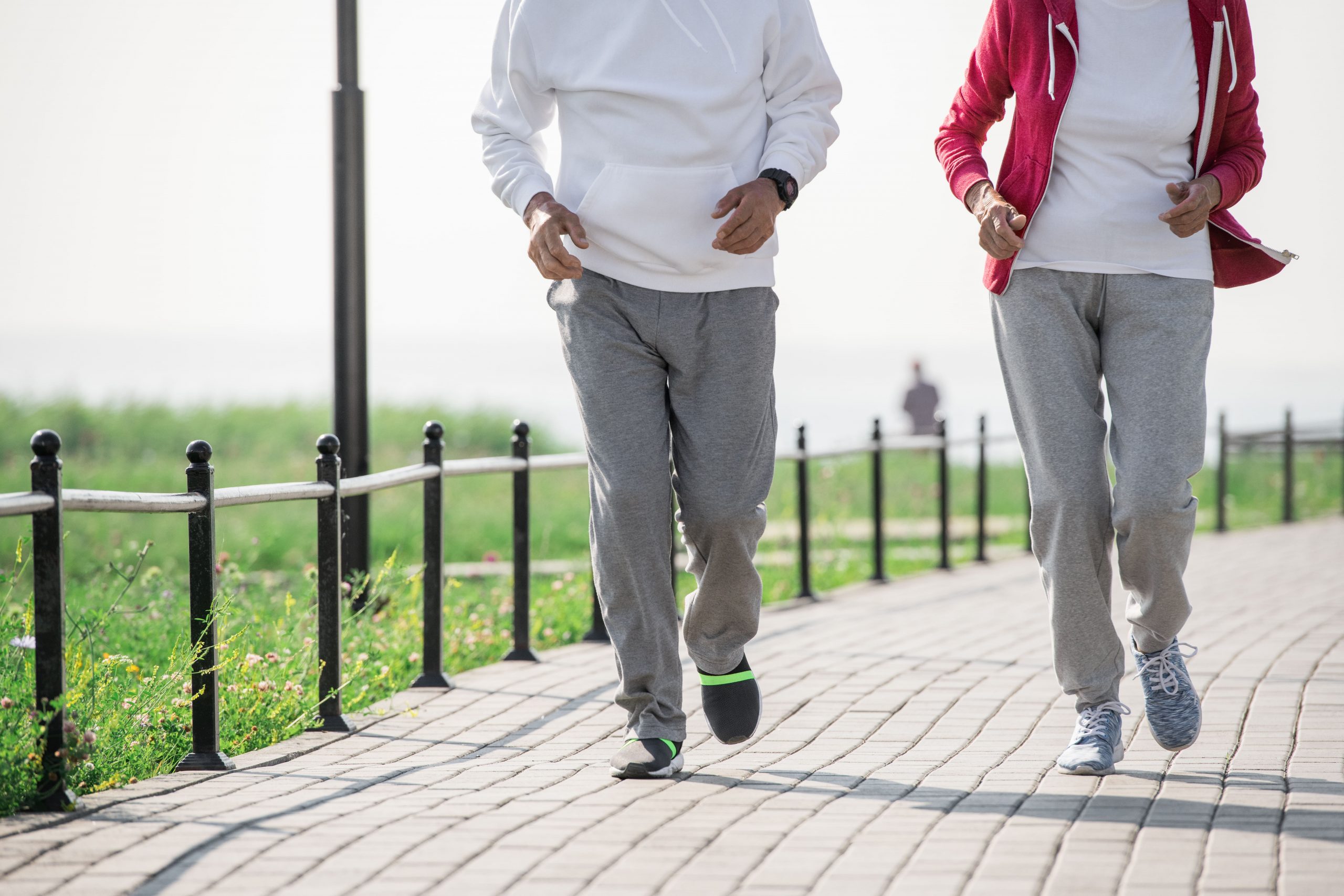What is longevity?
In demography, we define longevity as “length of life” or “life expectancy”. The most commonly used measure is “life expectancy at birth”, which considers all causes of death at all ages for a specific generation.
What are the main factors that influence longevity?
Significant factors contributing to a high life expectancy at birth include gender, genetics, access to health care, hygiene, diet and nutrition, exercise, lifestyle, and crime rates. Nowadays in developed countries, the average life expectancy at birth is approximately 77–90 years. In developing countries, the spread is more extensive, with life expectancy averaging 32–80 years, depending on the country.
Life expectancy: what does it measure?
“Life expectancy at birth” does not necessarily describe longevity once you reach maturity, as this measure is influenced by the proportion of people that reach old age.
For example, in 1871, a census in the UK (the first of its kind) found that the average life expectancy for men was 44 years. However, if infant mortality was subtracted from the 1871 figure, men who lived to adulthood averaged 75 years. This value is similar to the average male lifespan of 77 years in the UK today.
So, a rise in life expectancy at birth in developed countries means that we have significantly improved our chances of reaching old age, but what happens then?
Why should we focus on increasing health span?
Ageing starts at birth and accumulates as we live. Therefore, we can expect a progressive decrepitude and eventual death with old age. Contrary to the expression, nobody “dies of old age” but death at old age comes from an underlying cause (disease or organ failure), that the ageing body cannot manage anymore, so an increase in health span will naturally increase the expected lifespan.
Nowadays, most people in developed countries can expect to have 10–25 years at the end of their lives with increasing bad health and a progressive lack of autonomy.
In most chronic diseases of the western world, the biggest risk factor seems to be age; the proportion of sufferers and the worsening of the conditions is proportional to the age of the population.
With this panorama, an increase in lifespan (length of life) alone is not considered as desirable as an increase in health span (length of healthy life), with (or without) an increase in lifespan, both for individuals and for societies as the burden of health problems in the elderly rises in all developed societies.

How can we improve our life and health span?
An essential part of the ageing process is defined by gender and genetics. Generally, women have longer lifespans; however, some men and women are naturally blessed by long lifespans.
Fortunately, with the increase in knowledge regarding the ageing process, there are many things that people can do to improve their life and health span.
The World Health Organization (WHO) recommends at least 150 minutes of exercise per week (about half an hour each day, five days a week) to live longer and healthier lives. Although some workouts are better than others (for example, Pilates is an excellent treatment for chronic back pain), almost any form of exercise is better than sedentarism (lack of exercise), which can accelerate ageing and promote health problems. Regular exercise, starting as young as possible, boosts longevity. It is never late to start!
Another key factor is what you eat. On the one hand, calorie restriction activates sirtuins, proteins that can regenerate DNA structures and slow the ageing process. But on the other hand, it is not just calories that matter. Some diets, like the famous Mediterranean diet, is a more nutritious option than others because it ensures a healthy split between vegetable and animal protein, as well as between unsaturated and saturated fats, etc. This healthy balance can prevent some of the current causes of poor health in developed countries.
How can nutraceutical ingredients improve health span?
Recent discovery has highlighted the specific longevity benefits of active nutritional ingredients, such as minerals (Zinc, Magnesium, etc.), vitamins (B, C, D3, E, K, etc.), and other functional ingredients (like Q10, Pterostilbene, NAD Riboside, etc.)
CIRCE Scientific has developed its own pipeline of optimized nutraceutical ingredients focusing on longevity and healthy ageing. With the launch of PTEROVITA, a proprietary Pterostilbene cocrystal, CIRCE Scientific offers the most potent oral nutraceutical antioxidant ingredient available in the market to develop new antiageing/antioxidant oral formulations for supplement, cosmetic, feed, or pharmaceutical companies.





